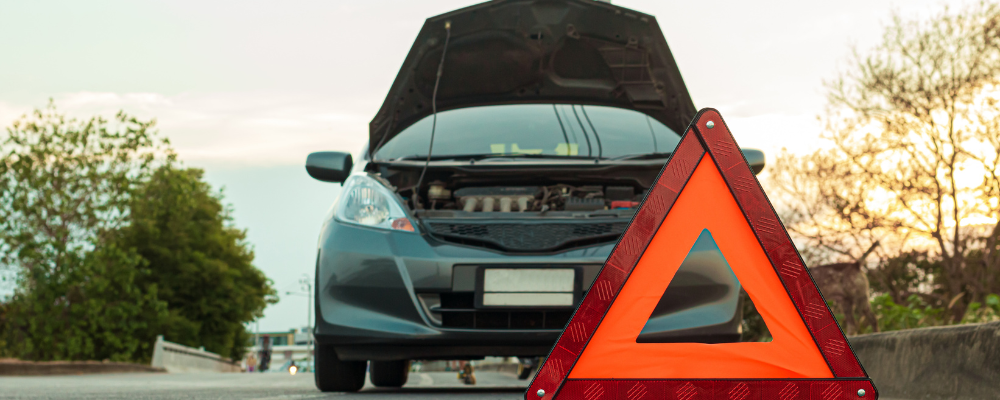
My Car Broke Down, Now What? Here’s What to Do Next
My car broke down, now what? It’s a stressful situation that can happen to anyone, whether you’re driving or simply a passenger. A breakdown can occur anywhere—on the highway, at a stop sign, or even in your driveway. Knowing what to do when your car breaks down can make a difference in staying safe and getting help quickly.
If you ever find yourself in this situation, follow these five essential steps to handle a car breakdown safely and effectively.
1. Stay Safe and Move to a Secure Location
The first thing to do when your car breaks down is stay calm and prioritize safety. If possible:
- Move the car off the road to the shoulder or a parking lot.
- Turn on your hazard lights to alert other drivers.
- Engage the emergency brake to prevent the vehicle from rolling.
- Turn the steering wheel away from the road to avoid drifting into traffic.
If your car won’t move and you’re stuck in traffic, stay inside with your seatbelt on until help arrives. Exiting a vehicle on a busy road can be extremely dangerous.
2. Alert Other Drivers to Your Situation
Once your car is safely stopped, it’s important to let other motorists know you’re experiencing car trouble. Use these emergency signals to increase visibility:
- Turn on hazard lights immediately (especially at night or in bad weather).
- Use roadside flares or reflective emergency cones to mark your location.
- Place a white cloth or t-shirt in your driver’s side window as a universal sign of distress.
Making your vehicle highly visible helps prevent accidents and ensures roadside assistance can find you easily.
3. Assess the Situation and Check for Warning Signs
Before calling for help, do a quick assessment of the problem. Some common car breakdown warning signs include:
- Dashboard warning lights – Check for symbols indicating engine trouble, overheating, or low battery.
- Smoke or steam – This may indicate an overheating engine or oil leak.
- Strange noises – Knocking, grinding, or hissing sounds could signal mechanical failure.
- Flat tires – If safe, inspect for punctures or damage.
If the issue isn’t obvious, avoid opening the hood if you smell gas or see smoke—this could indicate a fire risk.
4. Call for Roadside Assistance or Authorities
Depending on your location and insurance policy, you may need to call for help.
- Dial 911 if you’re in a dangerous location (such as on a highway or in extreme weather).
- Contact roadside assistance if you have coverage through your insurance provider. Many policies offer towing, battery jumps, and lockout services.
- Call a tow truck or mechanic if roadside assistance isn’t available.
If required by local traffic laws, notify law enforcement or highway patrol. Officers can provide assistance, direct traffic, or ensure your safety while waiting for help.
5. Be Cautious When Accepting Help from Strangers
While many people are willing to help, it’s important to exercise caution when accepting assistance.
- For simple tasks (pushing the car off the road, changing a flat tire), accepting help may be fine.
- For mechanical issues, wait for a professional—unintentional mistakes could cause more damage.
- Stay inside your car and lock the doors if someone approaches and makes you uncomfortable.
Your safety is the top priority, so trust your instincts and only accept help when you feel secure.
Final Thoughts
My car broke down, now what? The best approach is to stay calm, follow safety measures, and get professional help when needed. Whether you’re a driver or passenger, knowing how to handle a car breakdown ensures you remain safe and get back on the road as soon as possible.
If you frequently drive, consider adding roadside assistance to your insurance policy for peace of mind. Stay prepared, stay safe, and always have a plan in case of unexpected vehicle trouble.